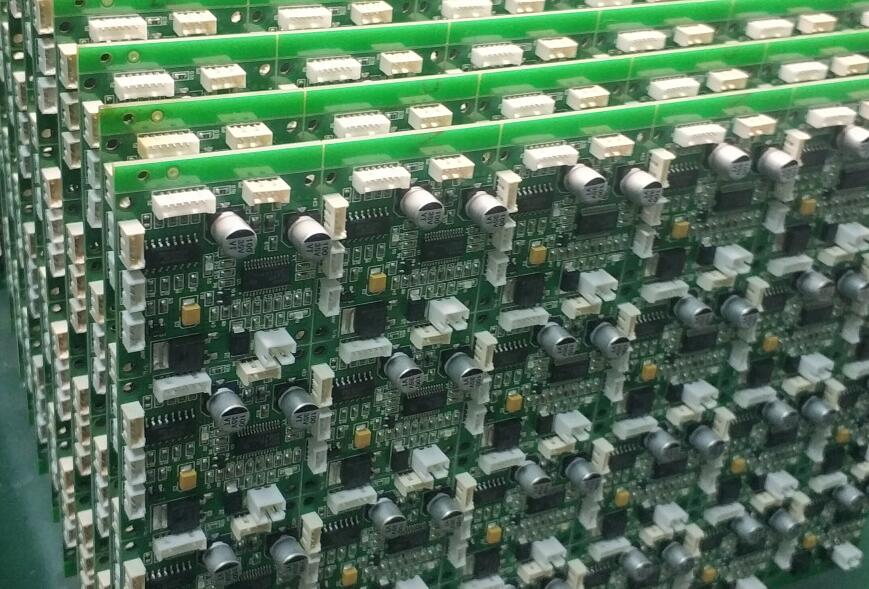Smt patch manufacturing in PCBA board manufacturer generally has two kinds of manufacturing processes, one is lead-free PCBA manufacturing process, the other is lead manufacturing process, everyone knows that lead is harmful to people, so lead-free manufacturing process meets the requirements of environmental protection and is the general trend.
1. The composition of the alloy is different: 63/37 of the tin-lead component is common in lead-free alloy, which is SAC305, Sn:96.5%, Ag:3%, Cu:0.5%. Lead-free manufacturing process can not absolutely guarantee no lead at all. Only SMT patches contain very low lead content, such as lead below 500PPM.
2, the melting point is different: the melting point of lead-tin is 180 ~185, the working temperature is about 240 ~250, the melting point of lead-free tin is 210 ~235, and the working temperature is 245 ~280. According to experience, for each 8%-10% increase in tin content, the melting point is increased by
3. Costs differ: Tin is more expensive than lead, and when equally important solders are converted to tin by SMT patch manufacturers, the cost of solders increases dramatically. As a result, the cost of lead-free manufacturing process is much higher than that of lead-free manufacturing process. Statistics show that lead-free manufacturing process is 2.7 times higher than that of lead-free manufacturing process for both peak soldering and manual soldering. The cost of solder paste for reflux soldering is increased by about 1.5 times.
4, PCB circuit board manufacturers have different manufacturing processes: this can be seen from the name of the lead-making process and lead-free manufacturing process, but specific to the manufacturing process, it is the solder used, components and equipment such as wave soldering SMT patch furnace, paste printer, hand soldering iron and so on.

Each stage of the placement process must be repeated without failing, and a careful review of these processes has identified the following five major issues related to improper nozzle maintenance and/or the use of poor quality nozzles.
Vacuum loss, vacuum loss may be the cause of some problems, as it prevents nozzles from picking up components from the feeder. It may also cause parts to move on the nozzle during transport. One of the main reasons why SMT manufacturers have less loss of suction power and vacuum power is that nozzle quality cannot be maintained during manufacture. The quality and structure of the nozzle must match the parts it is designed for. Another problem associated with vacuum loss is poor pickup position on the parts. Poor quality nozzles can cause additional fatigue to the pickup equipment because they must constantly adapt to the environment to maintain efficiency.
Short-circuit or worn nozzles, short or worn nozzles can lead to poor pick-up and may result in parts not being properly embedded in the solder. When parts are not properly placed in the solder, the substitution plant does not have enough surface tension to maintain parts when the PCBA is moved. Parts will move on the board. One benefit of monitoring nozzle head length is that it allows scheduled preventive maintenance. To prevent quality problems caused by nozzle tip.
Wear on the nozzle tip also results in less vacuum, which can cause electrical components to drop or shift during transport, new developments in ceramics, ESD materials and special coatings allow nozzle manufacturers to design nozzles with excellent durability and toughness, especially when operating under extreme conditions.